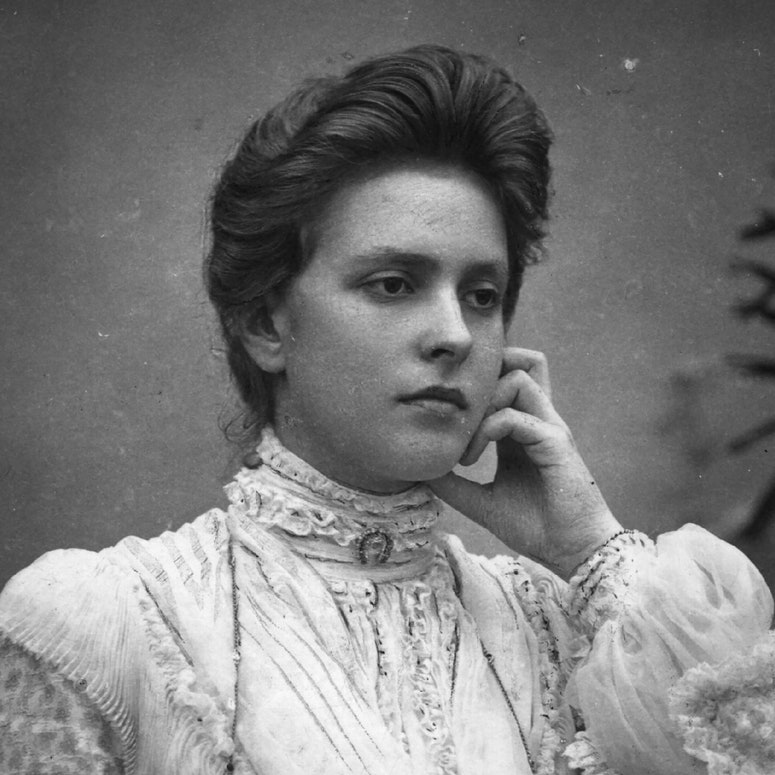Episode four of the new series of The Crown is set to shed light on a little known figure from royal history, Princess Alice of Battenberg, the mother of the Duke of Edinburgh. Titled ‘Bubakins’ for the Princess’s nickname for her only son, it shows the end of her life, and how she came to be a nun living in Buckingham Palace before her death in 1969.
As previous series have shown, the Duke was born into the Greek Royal Family as Prince Philip of Greece and Denmark, but was raised abroad following the exile of his family from Greece in 1922. Four-year-old Philip first lived in Paris, before moving to England to stay with his maternal grandmother, Victoria Mountbatten, Dowager Marchioness of Milford Haven and his uncle George Mountbatten, 2nd Marquess of Milford Haven. He was schooled at Gordonstoun in Scotland before joining the Royal Navy aged 18.
A great-granddaughter of Queen Victoria, Philip’s mother was born as Princess Alice of Battenberg at Windsor Castle in 1985, and was born congenitally deaf. She met her husband, Prince Andrew of Greece and Denmark in 1902 at the coronation of King Edward VII, with the two marrying a year later. The couple went on to have five children, four daughters and one son, Philip, and remained in Greece until the exile of the Royal Family in 1917. Then, they settled briefly in Paris, before Philip was sent to live in England and his mother was diagnosed with schizophrenia, being committed to a Swiss sanatorium in 1930.

It was during her time there that she was treated by the famed Sigmund Freud, who believed that her illness was caused by ‘sexual frustration’ and recommended ‘x-raying her ovaries to kill off her libido’. Despite protesting her sanity, she remained in Switzerland, missing the weddings of all four of her daughters. After being discharged in 1932, she largely cut off ties from her family, only seeing her children again at the funeral of her daughter Cecile who, alongside her husband and two children, were killed in an airplane crash in 1937.
A keen philanthropist and charity worker, Princess Alice spent much of World War II working for the Red Cross, organising shelters for orphaned children and bringing in medical supplies from Sweden on the pretext of visiting her sister Louise there. She also hid a Jewish family, a woman called Rachel Cohen and her two children, saving them from the death camps, at great personal risk to herself. In 1913, Cohen’s husband had offered help to the then King of Greece, and in return he had promised to return the favour in any way he could. As one of only two members of the Greek Royal Family still residing in the country, Alice was their first port of call, and she answered their prayers.
Inspired by her aunt, Grand Duchess Elizabeth Fyodorovna, she set up her own nursing order of nuns, the Christian Sisterhood of Martha and Mary, in 1949, selling many of her possessions to raise money for it over the following years. She attended both the wedding of her son to Queen Elizabeth in 1947 and the latter’s coronation in 1953, wearing her nun's habit. During the coup in Greece in 1967, she was invited to live at Buckingham Palace with the Queen and Prince Philip, where she died in 1969, having lived one of the most remarkable lives of great tragedy and charity work in the Royal Family’s history.
